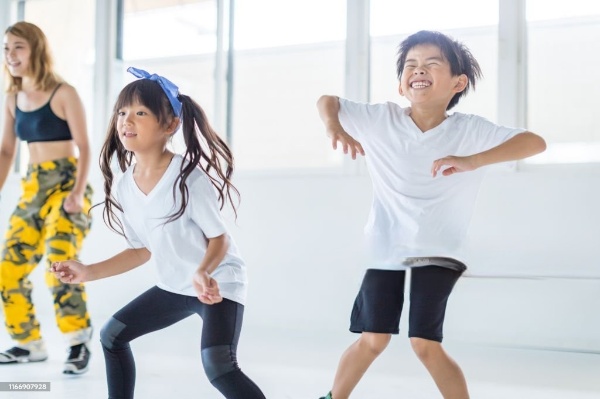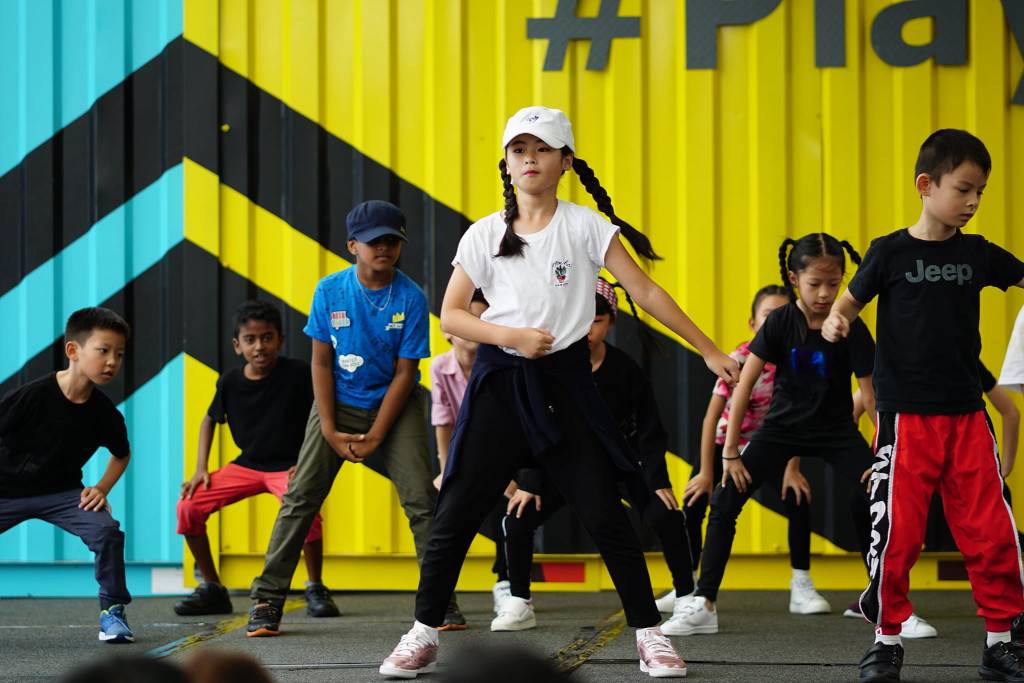
By LessonPlan Editorial Team on 08/01/25
Dancing is one of life’s greatest joys. It’s the kind of activity that doesn’t ask for permission – it just happens. Maybe it starts with tapping your foot to a catchy beat or swaying in front of the mirror when no one’s watching. Before you know it, you’re wondering – how can I teach myself to dance?
Fortunately, dance isn’t an exclusive club. Whether you’re looking to master salsa spins or simply want to feel more comfortable on the dance floor at weddings, teaching yourself to dance is absolutely achievable. With patience, practice, and a bit of groove, you can transform hesitant two-steps into fluid movements that feel as natural as breathing.
Why Learn to Dance on Your Own?
Learning to dance by yourself is like giving your body the freedom to express itself without judgment. Dance isn’t just about nailing the perfect pirouette or moving in sync with a partner – it’s about feeling music in your bones and letting it guide you. Self-guided dance lessons offer flexibility, allowing you to explore different styles at your own pace and in the comfort of your home.
In Singapore, where enrichment activities are on the rise, dance has become a popular avenue for personal development. Parents enroll children in ballet or hip-hop classes, while adults gravitate toward salsa or Zumba to keep fit. But for those who prefer a quieter, more introspective approach, learning at home offers the perfect solution.
How Can I Teach Myself to Dance Without Formal Lessons?
Teaching yourself to dance starts with one simple ingredient – movement. It doesn’t require expensive equipment or a professional studio. All you need is space, a good playlist, and the willingness to move.
Start with Your Favorite Music
Music is the backbone of dance. Whether you lean toward pop, classical, or Latin beats, pick songs that inspire you to move. Dance often begins with simply feeling the rhythm. Play your favorite track, stand in front of the mirror, and let your body react naturally. This initial step helps you break out of self-consciousness and reconnect with the pure joy of moving.
For beginners, choosing songs with a steady, clear beat makes it easier to coordinate simple movements like stepping side to side or bouncing to the rhythm.
Focus on the Basics
When teaching yourself to dance, simplicity is key. Fancy footwork and elaborate choreography can come later. Focus on mastering basic steps that form the foundation of most dance styles. For example, salsa starts with forward and backward movements, while hip-hop thrives on repetitive body isolations and grooves.
By working on fundamental moves, you’ll gradually develop the muscle memory needed to incorporate more complex patterns over time.
Use Online Resources and Video Tutorials
The internet is a treasure trove for self-learners. Platforms like YouTube, Instagram, and TikTok feature countless dance tutorials for all skill levels. From viral TikTok routines to full-length instructional videos, these resources make it easier than ever to learn from home.
For those based in Singapore, platforms like LessonPlan offer curated dance lessons that can be taken virtually or in-person, depending on your comfort level.
Dance in Front of a Mirror
Dancing in front of a mirror allows you to track your progress in real-time. It provides immediate feedback on posture, alignment, and coordination. Don’t be surprised if your first few attempts feel awkward – that’s part of the process. Over time, you’ll notice improvements in how your movements sync with the beat, building confidence with each practice session.
Record Yourself
Recording your dance sessions serves as a valuable tool for self-assessment. Watching playback helps identify areas that need refinement and provides tangible evidence of progress. Plus, revisiting early videos months later will highlight how far you’ve come – and serve as a great confidence boost.
Embrace the Learning Curve
No one becomes a master overnight. The journey to learning dance is filled with missteps and moments of frustration. Embrace the learning curve and allow yourself to enjoy the process. Every mistake is a stepping stone to improvement.
What Styles Are Best for Self-Learning?
When considering how to teach yourself to dance, choosing the right style is essential. Some forms of dance are more conducive to self-learning than others.
Hip-Hop – Freestyle and Fluidity
Hip-hop is one of the most accessible dance styles for beginners. It thrives on creativity, allowing dancers to add their unique flair to routines. Since hip-hop is rooted in freestyle movement, there’s no rigid structure to follow, making it ideal for self-taught dancers.
Salsa – Rhythmic and Social
Salsa is another fantastic option. Its basic steps are easy to learn, and once you’ve mastered them, the dance becomes more about interpreting the music. Even without a partner, you can practice solo footwork and spins. Salsa nights at local dance clubs in Singapore offer opportunities to practice with experienced dancers, creating a supportive environment for learners.
Contemporary – Expressive and Introspective
Contemporary dance blends fluid movement with personal expression, making it a favorite among those who prefer dancing solo. Unlike structured ballroom routines, contemporary encourages dancers to explore emotions through movement.
Case Study: Dance as a Mental Health Outlet in Singapore
A 2022 study by the Singapore National Arts Council found that participation in dance activities significantly reduced stress and anxiety among adults. As more people sought creative outlets during the pandemic, self-taught dance saw a surge in popularity. Online dance challenges and virtual lessons played a pivotal role in maintaining mental well-being, reinforcing the idea that dance isn’t just about performance – it’s a form of therapy.
Building Confidence Through Dance
Self-teaching dance goes beyond physical movement. It cultivates self-confidence, resilience, and a deeper connection with your body. For beginners, this growth often extends into other areas of life, enhancing social interactions, presentation skills, and overall self-assurance.
Discover Dance Through LessonPlan
If you’re wondering how to teach yourself to dance but feel ready to explore formal lessons, LessonPlan offers a range of dance classes designed for all skill levels. Whether you choose to learn from home or join a community class, dancing is an adventure that starts with one step – and LessonPlan is here to guide you every step of the way.
Take the leap, embrace the rhythm, and begin your dance journey today.



